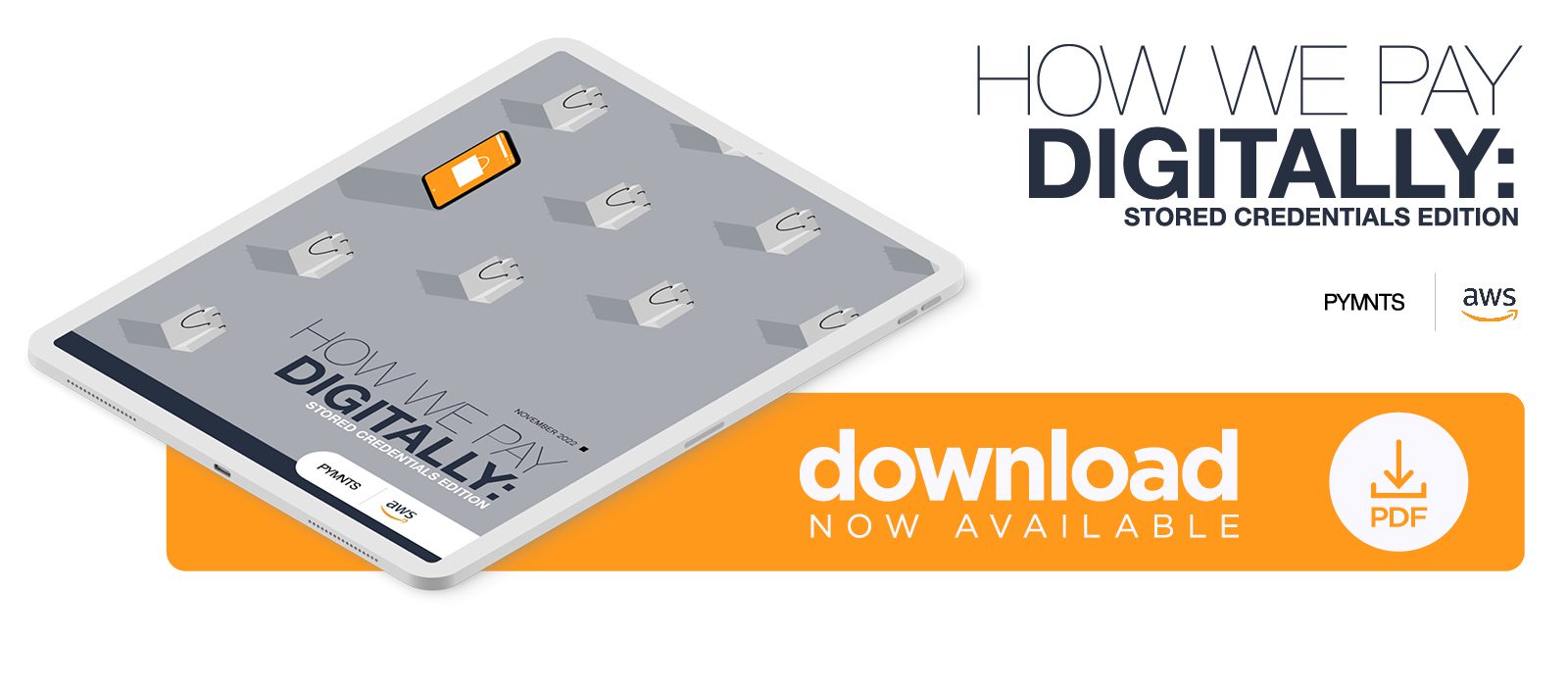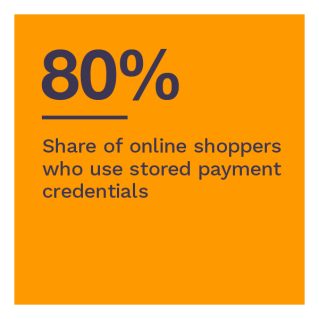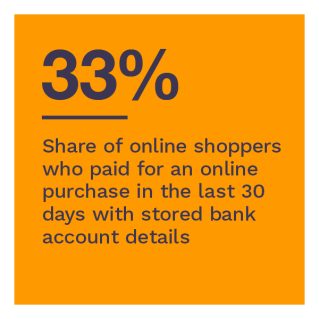How Consumers Pay Online With Stored Credentials
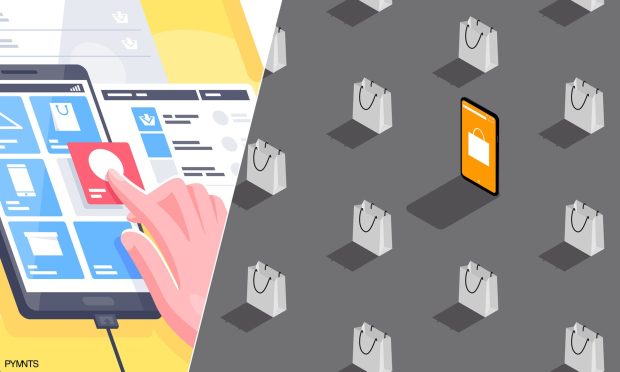
The rise of online shopping has made inputting and managing sensitive payment information a constant concern for consumers. For any given transaction, shoppers must choose between using stored payment credentials and entering these details manually, 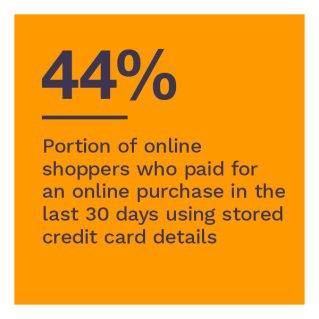 with various perceived trade-offs influencing their decisions. PYMNTS’ latest research found that 80% of online shoppers used stored credentials, while just 18% exclusively entered their information manually.
with various perceived trade-offs influencing their decisions. PYMNTS’ latest research found that 80% of online shoppers used stored credentials, while just 18% exclusively entered their information manually.
For this month’s “How We Pay Digitally: Stored Credentials Edition,” a PYMNTS and Amazon Web Services collaboration, we surveyed a census-balanced panel of 2,102 U.S. consumers to understand the state of play for stored payment credentials. We examined the shares of consumers using stored payment credentials and those manually inputting payment information, their reasons for choosing one over the other and how merchants can increase the use of stored credentials by offering incentives.
• Across most purchase types, consumers pay with stored debit and credit cards more frequently than with stored bank accounts.
Among consumers who made an online purchase in the last 30 days, 52% paid with a stored debit card at least once and 45% used a stored credit card. Meanwhile, just 33% paid with a stored bank account, making this a common but significantly less popular form of stored-credentials payment.
• Convenience drives consumers’ use of stored payment credentials.
Fifty-six percent of consumers opted to store their payment data because it provides an easier checkout process, given that it is more convenient than manually entering it. A higher share of respondents who use a merchant’s website or app to store credentials cited convenience as a reason, compared to those who use browsers or digital wallets.
• Merchants can use incentives to encourage the use of stored payment credentials.
PYMNTS’ data discovered that online shoppers who manually input payment information at least once in the last 30 days said they were very or extremely interested in storing their credit card information, at 40%, or debit card information, at 41%, if merchants offer a one-time discount. Similarly, 35% indicated being very or extremely interested in storing bank account information in this context.
To learn more about the state of play for stored payment credentials, download the report.
